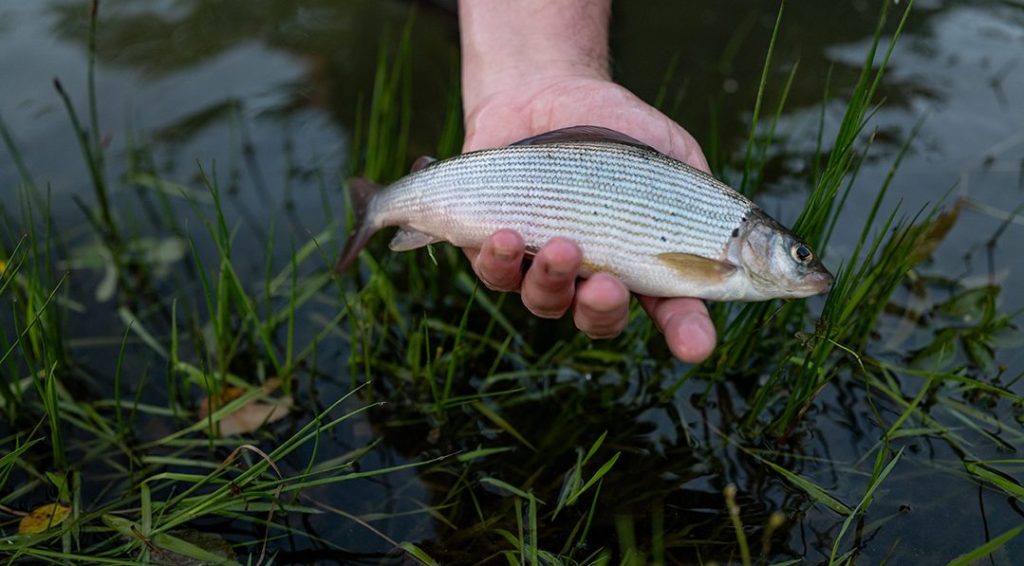Published in advance of World Fish Migration Day (2024), the Living Planet Index finds monitored populations of the world’s migratory freshwater fish species have, on average, declined by 81% between 1970 and 2020, including catastrophic declines of 91% in Latin America and the Caribbean, and 75% in Europe.
The Gist
A joint effort among the World Fish Migration Foundation, ZSL, IUCN, The Nature Conservancy (TNC), Wetlands International and WWF, the Index provides an update on trends in migratory freshwater fish populations globally and underscores the urgent need for conservation efforts that prioritize restoring free-flowing rivers and enhancing habitat connectivity.
By highlighting regional differences and understanding the drivers behind population dynamics, the Index provides critical insights for conservation efforts worldwide.

The Big Picture
The Convention on Migratory Species (CMS) reported that a staggering 97% of CMS-listed fishes are at risk of extinction. The primary causes behind these declines are the fragmentation of rivers and the blockage of migration routes, primarily due to dams and other river barriers.

“The catastrophic decline in migratory fish populations is a deafening wake-up call for the world. We must act now to save these keystone species and their rivers,” says Herman Wanningen, founder of the World Fish Migration Foundation. “Migratory fish are central to the cultures of many Indigenous Peoples, nourish millions of people across the globe, and sustain a vast web of species and ecosystems. We cannot continue to let them slip silently away.”
But the report also notes that there are many reasons for optimism. Nearly one-third of monitored migratory fish species have increased—suggesting that conservation efforts and improved management can reverse declines. Promising strategies include the improved and/or species-focused management of fisheries, habitat restoration, dam removals, the creation of conservation sanctuaries, and legal protection.
For example, in Europe and the United States, hundreds of dams, levees, weirs and other river barriers have been removed in recent decades, and momentum for such actions is growing. In 2023, Europe removed a record 487 barriers—a 50% increase over the previous high reported in 2022. In the U.S., the largest dam removals in history are underway on the Klamath River in California and Oregon.
The Takeaway
The Living Planet Index provides an overview of trends and drivers of change, but, the authors note, more quantitative analyses and data are needed. Where populations of freshwater migratory fishes are improving, insights can be gained for reversing negative trends and conserving these species and their habitats.
“In North America, the increase in some searun fish populations—river herring in the east, has been fast and far exceeded our expectations,” says Joshua Royte, senior conservation scientist for TNC in Maine and co-author of the LPI. “Dam removals from the Penobscot and Kennebec Rivers, and restoration over the past 20 years has resulted in the development of what are now 10 million+ fish annual returns and still growing.”
Recommendations from the Index include:
- Strengthening, implementing and expanding affordable long-term monitoring efforts prioritizing representative migratory fish species across diverse ecoregions;
- Protecting and restoring free-flowing rivers through basin-wide planning and other measures in line with the EU Biodiversity strategy for 2030 and proposed Nature Restoration Law aiming for restoring at least 25,000 km of rivers, and the Freshwater Challenge’s goal of restoring 300,000 km of rivers and 350 million hectares of wetlands globally;
- Identifying and prioritizing key river migration routes vital to ecologically, culturally, and economically important fish species through efforts like the Global Swimways Initiative, which highlights collaborative efforts of international river basin authorities;
- Promoting and expanding international cooperation, including adding more freshwater migratory fish species to the Convention on Migratory Species (CMS).
“The Living Planet Index highlights the urgent need to protect, connect and restore freshwater systems for the benefit of both people and nature,” says Nicole Silk, TNC’s director of freshwater outcomes. “The alarming findings of the report make clear that we are not doing enough today to support these fish and the places they call home. We must do better for migratory fish and for ourselves too. Only by working together—governments, other environmental NGOs, communities and Indigenous Peoples, and others around the world—can we bend this curve toward hope.”



